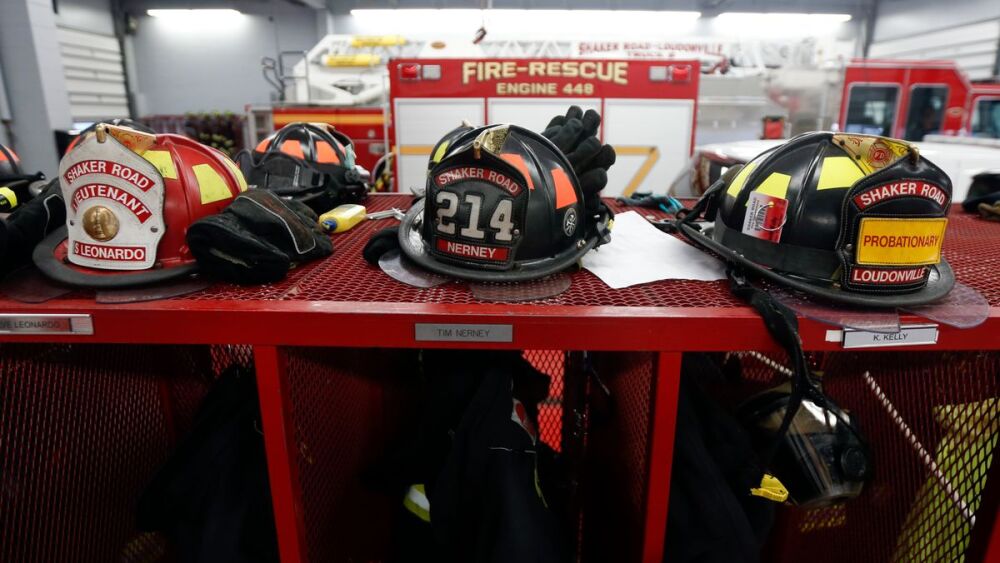Change is inevitable, even in professions steeped in tradition like the fire service. Firefighters are known for their courage, dedication, and a deep sense of tradition, which includes everything from the color of their apparatus to the style of their helmets. The debate between American and European firefighter helmets is more than just about aesthetics; it involves discussions about safety, functionality, and embracing new technology while honoring the past. Let’s embark on a journey to explore the intricacies of this topic and understand the implications for firefighters on both sides of the Atlantic.
The American fire service is a bastion of tradition, emphasizing values such as valor, honor, integrity, and pride. These are the pillars upon which firefighters provide exemplary service to their communities. However, the distinction between tradition and the physical embodiments of tradition, such as the design of firefighting helmets, can sometimes blur. The choice between traditional American helmets and their European counterparts sparks heated debates, revealing how deeply these traditions are ingrained in the fire service culture.
At the heart of this discussion is the iconic American firefighter helmet, a symbol of the fire service’s heritage. Yet, the question arises: is the debate more about the helmet itself or the image it represents? How do performance and safety considerations factor into the decision to adopt a new style of helmet? Moreover, with the fire service undergoing numerous changes, is it time to pause and reevaluate our attachment to traditional symbols?
Chief Alan Brunacini once humorously noted that firefighters hate two things: the way things are and change. This sentiment reflects the inherent challenge in balancing tradition with the need for progress. Over the decades, the fire service has adopted new tools and technologies, from the Halligan tool to hydraulic rescue devices, demonstrating its capacity for change. This evolution suggests that traditions are not static but evolve to meet the demands of modern firefighting.

One department’s journey towards embracing change involved an open-minded evaluation of European-style helmets, focusing on the MSA XF1 and the Rosenbauer-titan Pro. The process began with a frank discussion about the appearance of these helmets, comparing their design and functionality to traditional models. European helmets, designed to integrate seamlessly with SCBA facepieces, offer improved head and face protection without the restrictive brim found on American helmets. This design philosophy prioritizes firefighter safety and efficiency on the job.
The evaluation of these helmets involved practical tests to assess fit, comfort, and performance during firefighting tasks. Firefighters reported improved mobility, reduced fatigue, and enhanced comfort with the European-style helmets, particularly during challenging scenarios like vehicle extrication and interior fire attacks. Additionally, the integrated lighting systems and eye protection options offered by these helmets provided clear advantages over traditional models, although some challenges with decontamination and accessory use were noted.
After thorough testing and discussion, the question remained: which helmet style best suits the needs of a modern firefighting organization? The answer is not straightforward, as it involves weighing the benefits of new features against the desire to maintain traditional practices. Some suggested a dual-helmet approach, using traditional helmets for public functions and European-style helmets for active firefighting, underscoring the ongoing struggle to reconcile innovation with tradition.
The debate over American and European firefighter helmets is more than just a matter of personal preference; it is a reflection of the fire service’s broader struggle with change and tradition. As firefighters continue to navigate these waters, it is crucial to remain open to new ideas and technologies that can enhance safety and efficiency. The journey towards embracing change, while honoring the past, is complex but ultimately enriches the noble profession of firefighting.
Related posts:
Fire Helmets in the U.S. – Traditional vs. European
Fire Helmets in the U.S. — Traditional vs. European Fire Helmet
Firefighter’s helmet





